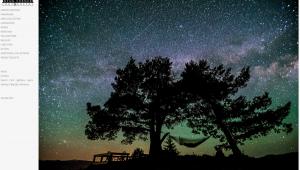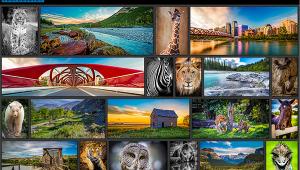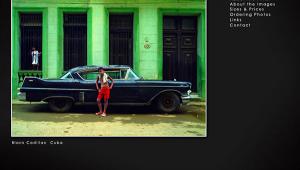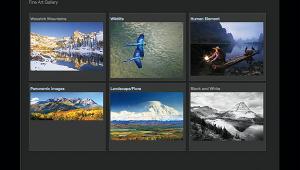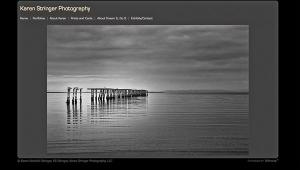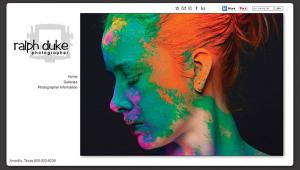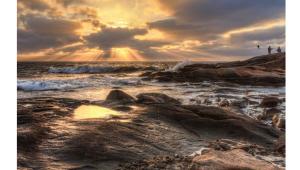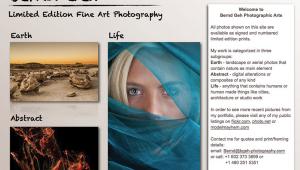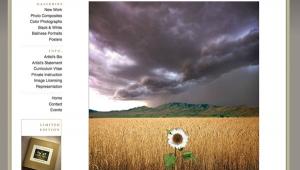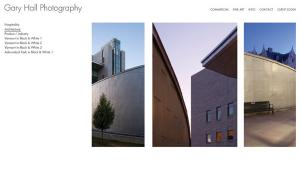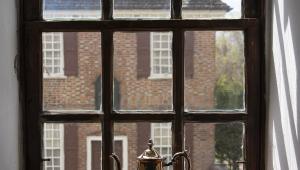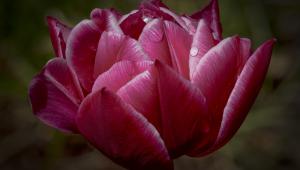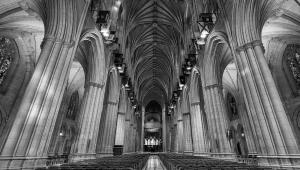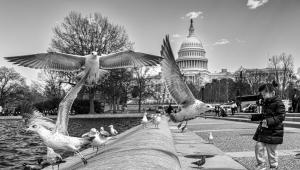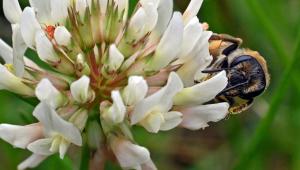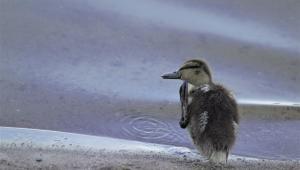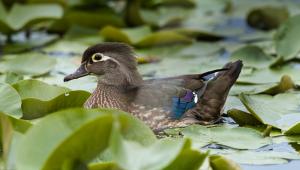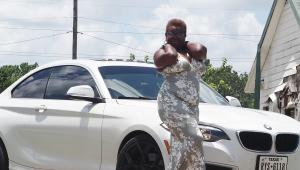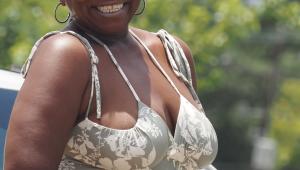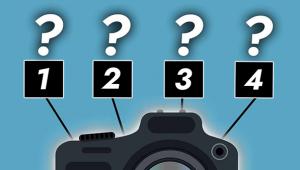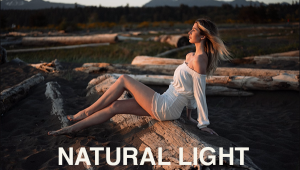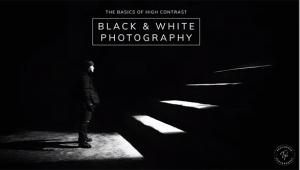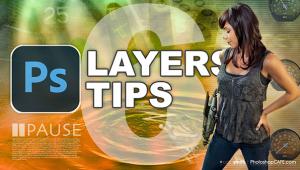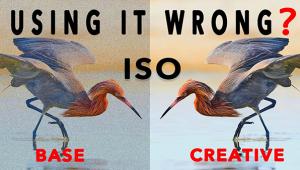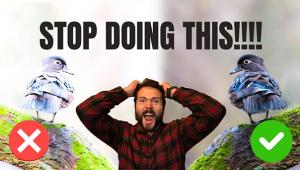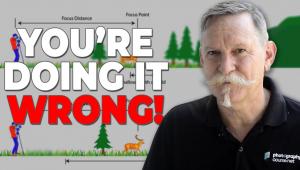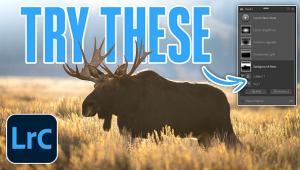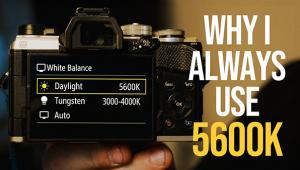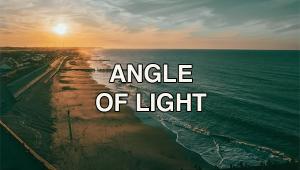Anything Goes On The Internet; Captivating Expected And Unexpected Sources
“Good authors, too, who once knew better words, Now only use four-letter words writing prose, Anything goes.”—Cole Porter
I had been expecting this for some time and recently received an e-mail informing me that within a few days Comcast, my broadband Internet supplier, would place a limit on my monthly downloads, stating that “usage of more than 250 Gigabytes (GB) is the specific threshold that defines excessive use of our service.” This happened after a Comcast employee told me they would not do this because regulating the amount of downloads would require them to monitor the total amount of each subscriber’s traffic and he didn’t think the company would expend the capital to do that. He was wrong. So now Comcast knows how much information I download which sounds like just a short jump to measured service and traffic shaping (see the April 2008 issue of Shutterbug). This policy is currently effective out here in the Wild West where anything goes and I don’t know if they’ve cracked the whip in your territory yet, but don’t be surprised when they do.
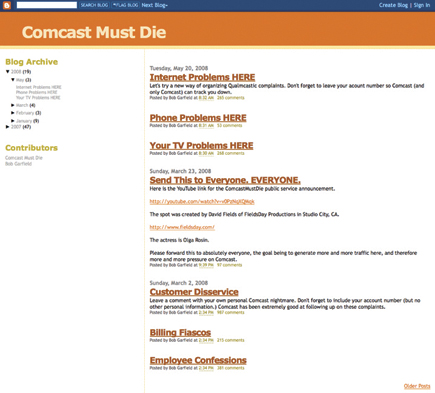 |
www.jmvdigital.com
From its opening page, Justin VanAlstyne’s website is in-your-face, reflecting this multi-talented individual’s work in design, video, and still photography. The site has a must-visit section called “Dailies” that’s really a free-form photoblog. His The Big Lebowlsky bowling shots demonstrate that even when VanAlstyne’s having fun he takes the time to make creative images even with a digital point-and-shoot. I’ll concentrate on the photographic galleries, leaving you to prowl his “Design” and “Motion” collections on your own.
 |
|
|
“Past Life” is a look at farming from a distinctly nostalgic and close-up perspective. Using mostly color but featuring some very nice monochrome images, VanAlstyne’s photographs have been kicked up a notch using Tex Avery eyeball-popping color and contrast. “Plant Life” could be subtitled the “secret life of plants” and features a similar use of color, shape, and form to get you looking at fauna in some very new ways. “Simple Life” shows close-up photography of a variety of familiar subject matter photographed in a decidedly unfamiliar and colorful manner. A couple of black and white images pop up now and then and these are not to be missed. There are echoes of this same style in his “Natural Life” collection, while “Human Life,” for the first time, interjects people into his world. Many of these—don’t miss the “butt crack man”—make a humorous comment on contemporary life and while an occasional shot may seem out of place here, this gallery isn’t to be missed. Similarly, “Urban Life” takes his folksy style into the big city where VanAlstyne uses strong composition and bold color choices to turn everyday objects into works of art. Great photography combined with a totally fresh take on site design makes VanAlstyne’s website worth a visit.
www.frankhoefsmit.com
With its clean-looking design Frank Hoefsmit’s website lets you look at his portfolio through a flip-out scrolling list or just click “Portfolio” to see a list of the four main collections with thumbnails of highlighted images from each individual sub-collection. “Editorials” contains mostly fashion images with “Watercolor Sunset” being the first and the one that attracted me most. Unlike the dearth of caption information usually found in photographers’ sites, Hoefsmit provides information about the images, including where they were shot and even the names of the model and support staff. This collection is fashion photography at its best with dramatic lighting, careful framing, and inventive styling concepts, producing images that are fresh and exciting.
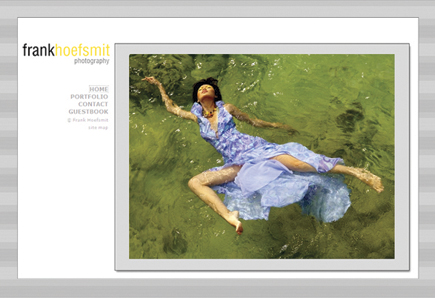 |
|
|
“Portfolio” (yes, there is a Portfolio inside “the Portfolio”) contains collections of mostly studio photography along with portraits of celebrities that are executed with the same verve and style that Hoefsmit infuses into his fashion imagery. “Exhibits” contains an eclectic collection of photographs that encompass abstract color, monochrome photojournalism, and fine art (nudity advisory) whose color and monochrome images vary from traditional to some of the most exciting and creative nude photographs I’ve seen in a long time. “Archives” contains what for the most part are bread-and-butter fashion images, with the exception of “Style File” that mixes in some of the panache of Hoefsmit’s on-location approach with his studio work. And believe me, accomplishing that using only seamless paper takes talent, skill, and imagination, something that explodes from Hoefsmit’s camera. And finally, what makes all these images so interesting to me is that Hoefsmit is located in Mandaluyong City in the Philippines.
- Log in or register to post comments

